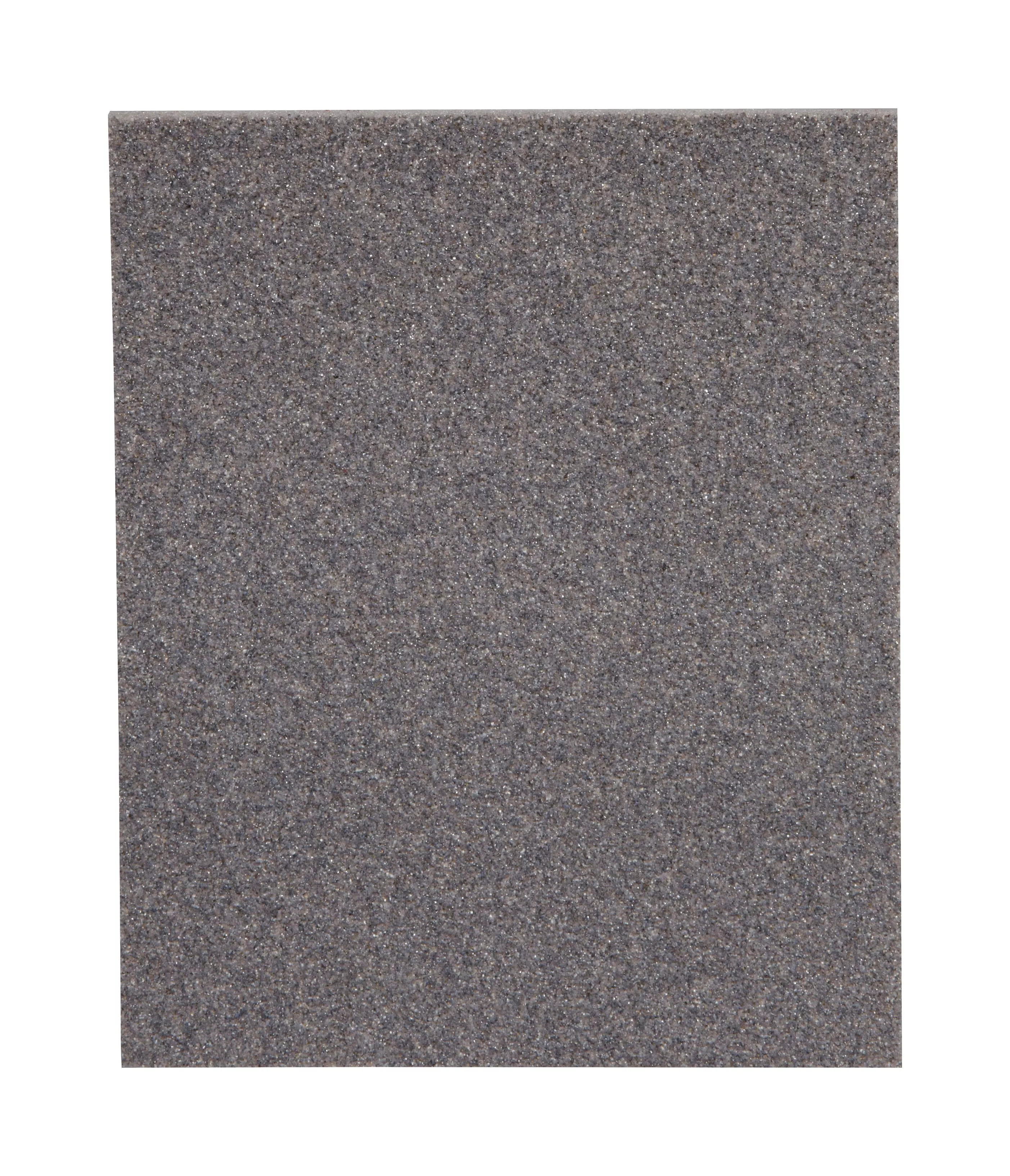| SKU | 7100172022 |
|---|---|
| Legacy SKU | 70006996691 |
| UPC | 00051115071096 |
| Catalog Number | 906-ESF |
| Product Number | 906-ESF |
3M Sanding Pad is ideal for either dry or wet sanding of wood, paint, metal, plastic and drywall. When finished, simply rinse and reuse. It is extremely flexible and ideal for contoured surfaces..
Product Dimensions |
Imperial | Metric |
| Weight | 0.03579 lbs | |
|---|---|---|
| Width | 4-1/2 | |
| Length | 0.4 | |
| Height | 5-1/2 | |
| Thickness | 3/16 in |
Shipping Dimensions |
|
| Weight | 0.859 lb |
|---|---|
| Length | 6.5 in |
| Width | 5 in |
| Height | 5.68661 in |
PRODUCT FAQ
-
What makes the 3M™ General Purpose Sanding Pad 906-ESF ideal for contour surfaces?
The unique design of this sanding pad allows it to easily conform to different shapes and contours, making it perfect for smoothing out irregular surfaces.
-
Can you tell me more about the size of the sanding pad?
This sanding pad measures 4 1/2 inches by 5 1/2 inches with a thickness of 3/16 inch, providing a good balance between coverage and maneuverability.
-
How many sanding pads come in a bulk package?
Each bulk package contains 24 pieces of the Medium grit General Purpose Sanding Pads, allowing you to stock up on supplies for your projects.
3M Sanding Sponges are specially designed to provide efficient sanding for various surfaces such as wood, paint, metal, plastic, and drywall. These sponges are equipped with high-quality 3M abrasives and are crafted using durable and flexible foam material. The unique block shape of the sponge ensures a comfortable grip and allows for sanding on flat, contoured, or irregular surfaces with ease.
Sanding plays a crucial role in the surface preparation process before applying a coating. To achieve the best sanding results, it is recommended to sand along the grain of the surface and follow a sequence of grits, starting from coarse and gradually progressing to very fine. It is important to ensure that no more than one grit is skipped between each sanding step.


